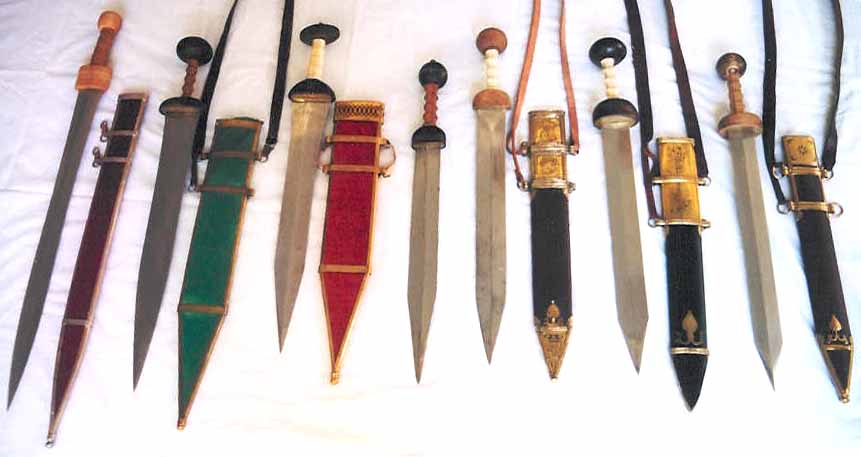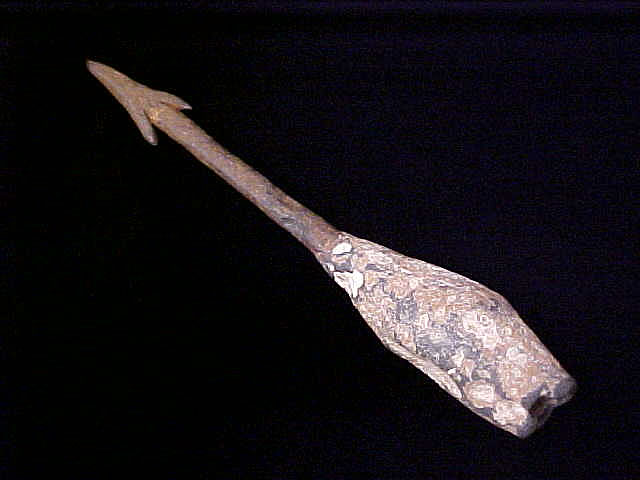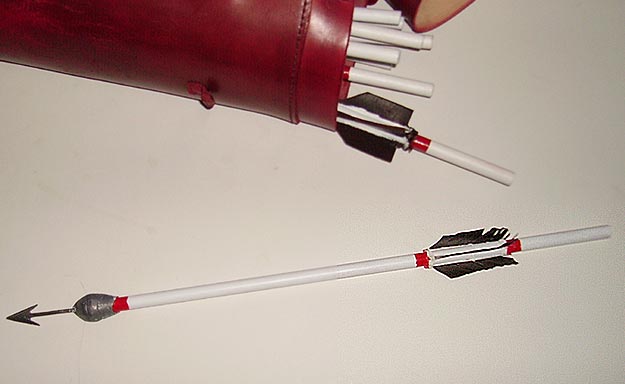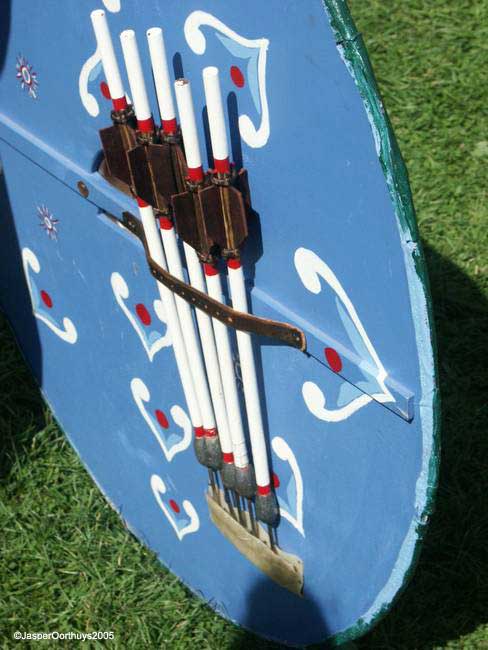Hussar said:
Just to be honest, went back and took a look at
this article from The ARMA. I was a bit off actually. Most of the swords measured here are 1/4 to 1/2 inch thick. Like I said, I was guessing. 1/4 inch off isn't too bad though.

.38 inches is not quite half an inch... and those swords in that particular article were unusually heavy. Considerably heavier than average. For a wider cross section of historical and accurare replica blades check out the myarmoury site
http://www.myarmoury.com
The closer average is probably 1/8 to 1/4 inch in maximum thickness....
Agent Orange - true, Roman soldiers did carry swords. But, for the most part, they fought with spears. Swords were a battlefield weapon of last resort or for dispatching fallen enemies. At least, that's the impression I got from what I've read.
In the very early republic days they fought with spears and shields like the Greeks, but by around 300 BC they had largely abandoned the old thrusting spear (hasta) and replaced it with javelins and swords.
Roman soldiers in the periods we usually see depicted on TV etc. fought primarily with special armor piercing javelins, which they called pila.
Pilum were also known for disabling shields and for breaking or bending on impact so they couldn't be thrown back at the Legionaires.
When the Roman legion closed for hand to hand combat they used short cut-and-thrust swords used with their large center-grip shields (scuta).
The most common swords were the gladius,
which was in use from 250 BC to about 300 AD. The Gladius was a broad but very pointy sword primarily intended for thrusting but capable of hacking quite effectively as well. In the Republican period they also used Greek leaf-blade swords and falacata or kopis, kind of a giant kurkri knife.
In the later Imperial era Roman military organization changed a lot again. They switched over to a more open fighting formation, a smaller round shield and a longer version of the Gladius called the Spatha (not Spade).
The Spatha was originally a cavalry sword which was based on the longer cut-thrust swords used by the Celtic and German "barbarians". They still stuck to the javelins though and also employed smaller darts called "plumbata" wich had better range (supposedly out-distancing bows of the time, and every other weapon except the sling).
BD
(Some plumbata, historical and repoduction)






